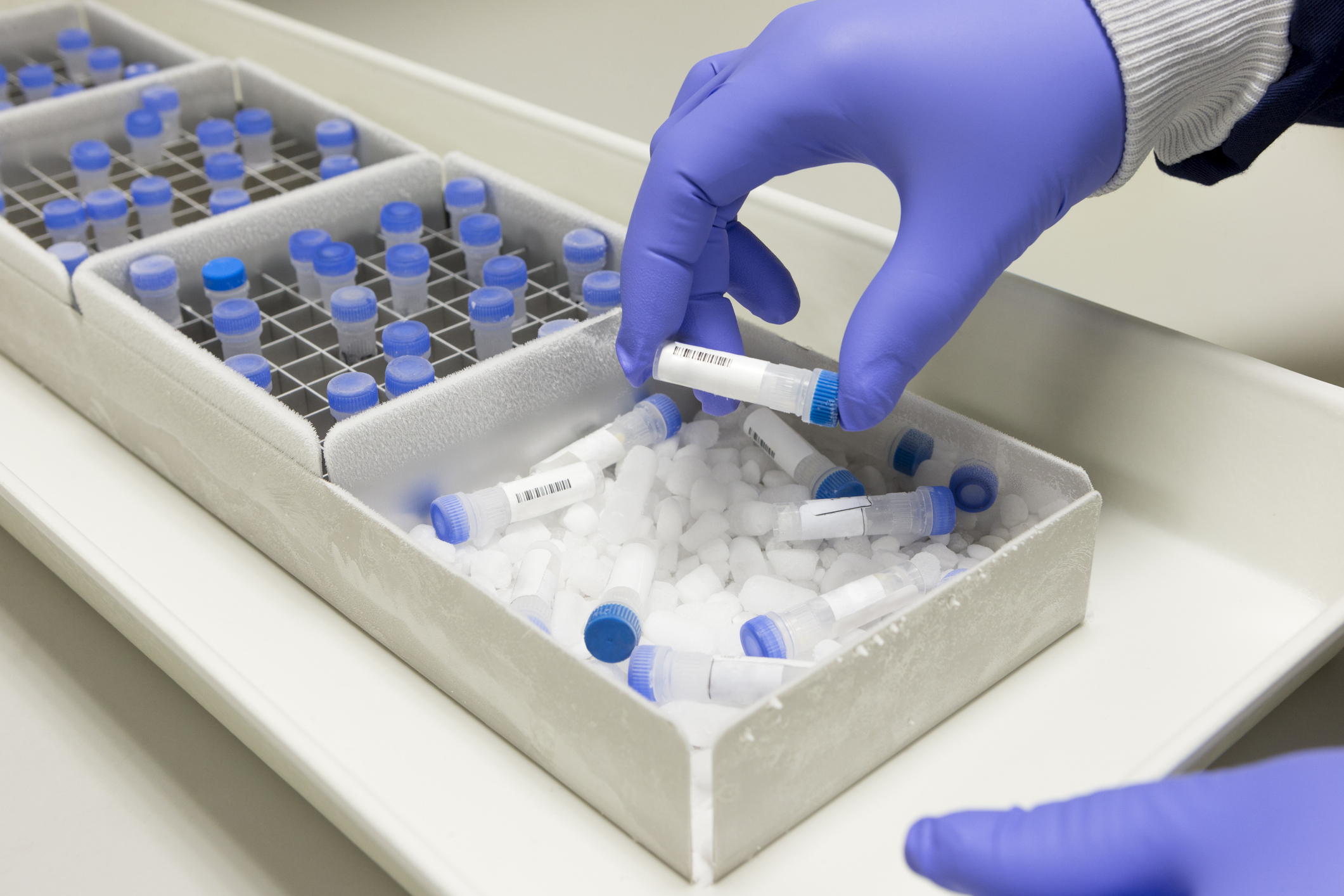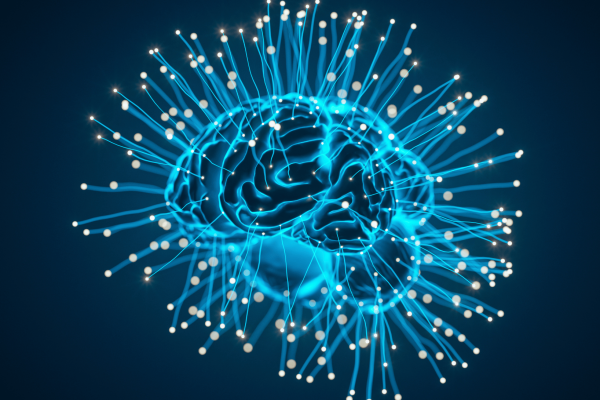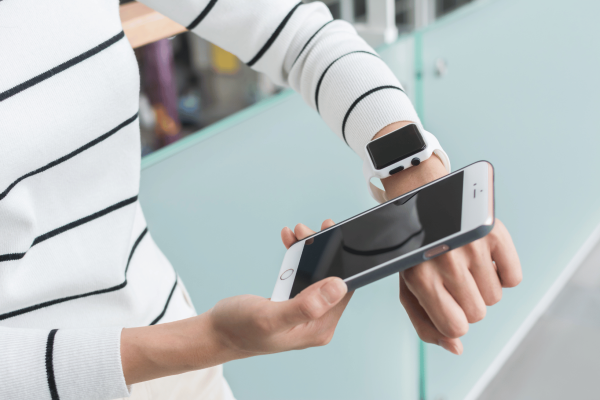It’s 2021 and sharpies are still being used to write on bio sample tubes in most clinical trials…
Background
As most people would agree, one core tenant of a well-run clinical trial is accurately collecting, handling and analyzing bio samples from subjects during the study. Without this, results of the trial could be severely tainted. These samples could be PK draws, biomarkers, or any number of other specimens. Careful documentation on chain of custody and scrutiny of the handling of the samples is critical to a successful study.
Yet, when talking with individuals at drug sponsors with the title of “Bio Sample Management Director” or “Specimen Tracking Coordinator,” their stories are always fascinatingly consistent. A common project is a quest for specific samples with a routine similar to the following: Step 1: emailing several partners in the study to no avail. Step 2: escalating to jumping on the phone to talk live with the central lab, the bioanalytical lab, the sites, the biobank or anyone else in a quest to hunt down a specific sample. Step 3: If that does not work, it may require taking the bull by the horns and hopping on a plane to hunt down samples in person.
Another very common war story occurs during reconciliation. Generally, this involves combing through hundreds of spreadsheets sent from all over the world, in different formats, trying to figure out what samples were available to analyze, what was missing, etc. These are just two examples of the most common burdens these individuals have to shoulder.
So, why is this?
The world has evolved to recognize that the use of paper in our business processes is generally bad. And this is not just for green purposes. Most modern business processes have removed the use of humans writing on paper for major benefits in speed, efficiency, accuracy, and the elimination of nefarious acts, just to name a few. If digitization does all of these things, why wouldn’t we move in this direction? We would and we have in many industries.
Problem
Yet, in an industry that is at the forefront of innovation in science, tackling the fight on diseases such as COVID-19, cancer, and others…we still in many studies use sharpies on labels on tubes, use paper logbooks, and fight clerical errors throughout the process?
Paper log books are still commonly used for chain of custody tracking in the majority of clinical sites and labs and yes, handwritten labels are still used today on tubes even though the tubes may have a barcode. Many sites do not use the barcode at all and thus linking the barcode to the subject is done manually with a handwritten label. Given these practices are still in use today, it is no wonder that challenges of tracking bio samples downstream occur. We not only spend more man hours tracking down the data, there are additional wasted man hours spent at sites manually entering paper logs and information into some sort of system, creating another opportunity for human error. Due to the fact that there are multiple parties involved, with the clinical sites, central labs, specialty labs and biobanks, it is not shocking that drug sponsors have no vision into the location and status of samples.
To size this problem, we conducted a survey of nearly 100 different drug companies of varying size to estimate the percentage of samples in a later stage study that ultimately were lost, switched or unusable. The answers varied, but the entire range was astonishingly high, from 10% on the low end to upward to 50%! So, being conservative, this means:
One fifth of specimens taken from subjects are not used.
Not only is that an immense amount of value lost, it becomes an ethical issue to the patients, placing unnecessary burden on them for samples that ultimately don’t get used.
There are many costs associated with lost and missing samples. Unusable samples waste money and present significant costs to drug sponsors and CROs. Current inefficient processes also cost time. Up to 4 hours may be spent on individual samples to reconcile mislabeling issues. Sample tracking challenges may also significantly delay database lock. Outdated sample tracking practices may also produce poor quality data. Quality oversight is limited by paper-based systems used by clinical sites. On top of all of these challenges, outdated sample management methods also pose an ethical risk to patients and advocacy organizations.
Solution
Proper sample tracking and management is complex and involved. The solution is a strong mix between the right technology as well as the human change management component. Not only do you need a technological solution that weaves all the components together, you have to get buy-in from disjointed parties with differing priorities and competing commercial interests. The technology has to work to get the real-time data the sponsor needs, while making life easier for the study staff at the sites and the lab technicians at the bioanalytical labs.
Although there are some solutions that have solved the technology component, they’ve completely overlooked the human component. As every change management professional knows, you can build a wonderful technology that no one wants to use, making it utterly useless. The dream is to get the sponsor the sample level data they need in real time. Executing on that has yet to be accomplished in this industry.
The digitization of clinical trials and sample management practices increases reliability, transparency, and efficacy in relation to clinical trials. New technologies are driving the switch to digital clinical trials through capabilities for digital health data collection and increased insight into data and analytics. TruLab is helping pave the way for sample management solutions. TruLab’s unique end-to-end sample tracking technology utilizes blockchain technology to keep data secure and helps mitigate costs associated with lost and missing samples. The digitization of clinical trials is expected to propel market growth in the next several years and the applications of blockchain technology in healthcare are endless. Blockchain technology provides increased security and traceability, two key components important to clinical research. Blockchain also uses advanced encryption to help keep data secure and safe. Data on blockchain can also be used with decentralized data systems, which are incredibly important in digital healthcare. The increased focus on digitization in clinical trials is key to the future of precision medicine and personalized care.




